Welcome to my easy guide on vegetable gardens for dummies! If you’re new to gardening and want to grow your own fresh vegetables, you’ve come to the right place. Starting a vegetable garden can be a fun and rewarding experience, but it can also be overwhelming for beginners. This guide will provide you with the basic knowledge and tools you need to get started today.
Key Takeaways:
- Choosing the right location for your vegetable garden is crucial for success.
- Starting small can be beneficial for beginners to avoid overplanting.
- Select easy-to-grow vegetables that you and your family enjoy eating.
- Proper planting techniques and high-quality seeds can lead to better yields.
- Preventing pests and other problems can be achieved by planting flowers to attract beneficial insects and rotating your plants each year.
Choosing the Right Spot for Your Garden
The first step in starting your vegetable garden is choosing the perfect spot to plant your greens. This step is crucial to ensure your plants thrive and produce a bountiful harvest.
The most important factor to consider is sunlight. Most vegetables require at least 6 to 8 hours of direct sunlight per day to grow and produce fruit. When choosing a location, look for an area that receives ample sunlight throughout the day. However, if you don’t have a sunny spot, you can still grow leafy vegetables that can tolerate some shade.
Another factor to consider is the soil drainage. Poorly drained soil can cause water to accumulate and rot the roots of your plants. Remove rocks from your soil to ensure your plants can grow healthy roots. Avoid planting in areas that are prone to strong winds or excessive foot traffic.
The quality of your soil is also important for your plants. Thin and nutrient-poor soil will lead to weak and unhealthy plants. Adding organic matter to your soil can improve its fertility. To determine the pH levels and nutrient content of your soil, consider conducting a soil test.
The size of your garden is another important consideration. It’s better to start small with a 10′ x 10′ garden, with 3 to 5 plants of each vegetable. If you have limited space, container gardening is a great option as it allows you to grow plants in smaller areas.
When choosing vegetables for your garden, it’s important to grow what you and your family enjoy eating. Some easy-to-grow vegetables for beginners include lettuce, green beans, radishes, tomatoes, zucchini, peppers, beets, carrots, and chard, spinach, or kale. Plant flowers such as marigolds to help deter pests and attract pollinators.
To ensure a successful garden, it’s essential to provide adequate water. Consider using soaker hoses to deliver water directly to the roots. Regular watering is especially important for plants like cucumbers.
Maintaining your garden involves regular tasks like weeding and addressing potential pest or disease issues. Cleaning up spent plants and garden debris can eliminate hiding places for pests. Encouraging beneficial insects by planting flowers can help control harmful bugs.
Choosing the right spot for your garden is crucial to the success of your plants. Be sure to consider factors like sunlight, soil drainage, soil quality, and garden size to ensure a bountiful harvest of delicious and nutritious vegetables.
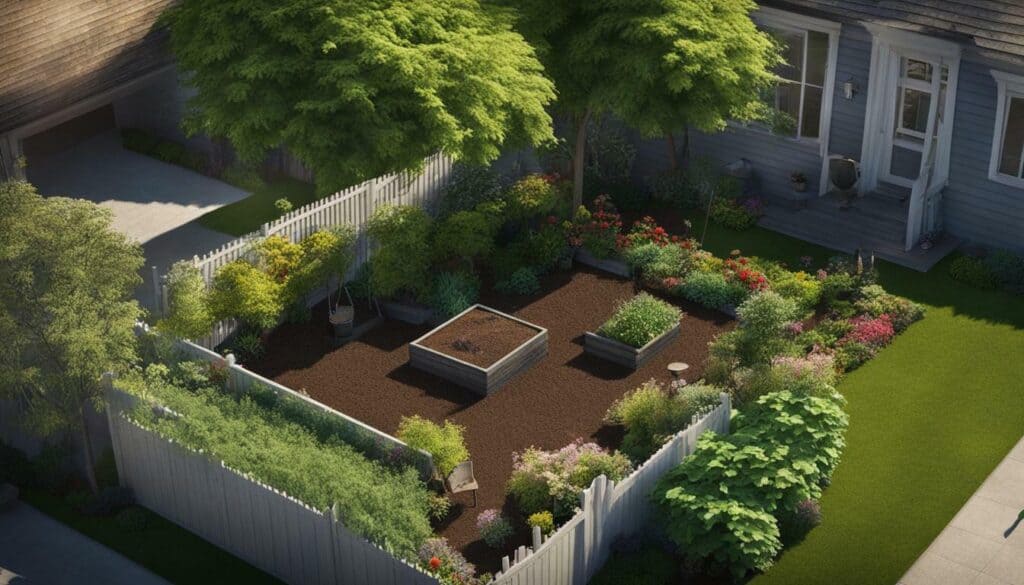
Efficient Watering Methods for Your Garden
Now that you have your ideal garden spot picked out, it’s time to consider how you will water your plants. Watering efficiently is crucial for maintaining healthy plants and maximizing your garden’s productivity. Here are some tips to help you water your garden efficiently:
- Choose a spot in full sun: Most vegetables and herbs require at least 6 hours of direct sunlight per day. Make sure your garden is located in an area that receives adequate sun.
- Establish a watering system: Consider setting up soaker hoses or drip irrigation to deliver water directly to the roots of your plants. This method is more efficient than overhead sprinklers and reduces water waste.
- Test your soil: Conduct a soil test to determine its pH and nutrient levels. This will help you understand the needs of your plants and whether you need to amend the soil with additional nutrients.
- Start small: If you’re a beginner, it’s best to start with a small garden bed or containers. This allows you to focus on a manageable area and learn the basics of gardening before expanding.
- Grow what you love: Plant vegetables and herbs that you and your family enjoy eating. This ensures that you make the most of your garden and are motivated to care for and harvest the produce.
- Purchase quality seeds and seedlings: Buy seeds and seedlings from reputable nurseries to ensure good germination rates and healthy plants. Popular companies like Burpee and Johnny’s Selected Seeds offer a wide variety of high-quality seeds.
- Plant a combination of seeds and seedlings: Some crops, like tomatoes and peppers, require a longer growing season and are better started from seedlings. Others, such as cucumbers and beans, can be directly seeded into the garden.
- Watch for problems: Keep an eye out for signs of pests and diseases in your garden. It’s important to identify and address issues early to prevent them from spreading. Consult with your local university cooperative extension service for guidance on pest and disease management.
- Incorporate flowers: Planting flowers in and around your garden can attract pollinators and beneficial insects, which help with plant growth and pest control. Choose flowers like marigolds, zinnias, and sweet alyssum that attract beneficial bugs.
- Enjoy your garden: Take time each day to appreciate the beauty and progress of your garden. Engaging in daily observation and care will help you stay connected to the natural world and find joy in the process of gardening.
By following these easy vegetable garden tips, you can ensure that your plants are well-hydrated and receive the nutrients they need to thrive.
Testing and Preparing Your Soil
Before you start planting, it’s essential to understand the quality of your soil and make any necessary improvements. First, consider the location of your garden. Vegetables need a sunny spot with well-drained soil that doesn’t stay wet.
Choosing the right soil is crucial for healthy plant growth. The soil should be nutrient-rich and have the right pH level for the vegetables you plan to grow. You can use a soil testing kit to determine the composition of your soil and make adjustments as needed.
| Soil Type | pH Level | Nutrients |
|---|---|---|
| Clay Soil | 6.0 – 7.0 | High in nutrients, but poor drainage |
| Sandy Soil | 5.5 – 6.5 | Low in nutrients, but good drainage |
| Silt Soil | 6.0 – 7.0 | High in nutrients, but compacted and poorly drained |
Starting small is better when planning your garden, especially if you are a beginner. It is easier to manage a small garden and make adjustments as needed. Additionally, choose vegetables that you and your family enjoy eating, and consider the availability of vegetables in your area and the care required for each plant.
Knowing when and where to plant each vegetable is essential for a fruitful garden. Some vegetables prefer cooler temperatures while others thrive in warmer weather. It’s also important to rotate your crops each year to prevent disease and depletion of soil nutrients.
Pest and disease management is an important aspect of vegetable gardening. Plant resistant varieties, maintain plant health, keep the garden clean, and use beneficial insects to prevent pests and other problems. Container gardening is a suitable option if you have limited space or poor soil quality, but it requires regular watering and fertilizing.
Remember, the joy of vegetable gardening comes not just from the harvest, but from the process itself. Enjoy the beauty and bounty your garden provides.

Starting Small: Garden Beds or Containers?
As a beginner, it’s wise to start small with your vegetable garden to avoid feeling overwhelmed. Garden beds and containers are great options to consider.
| Garden Beds | Containers |
|---|---|
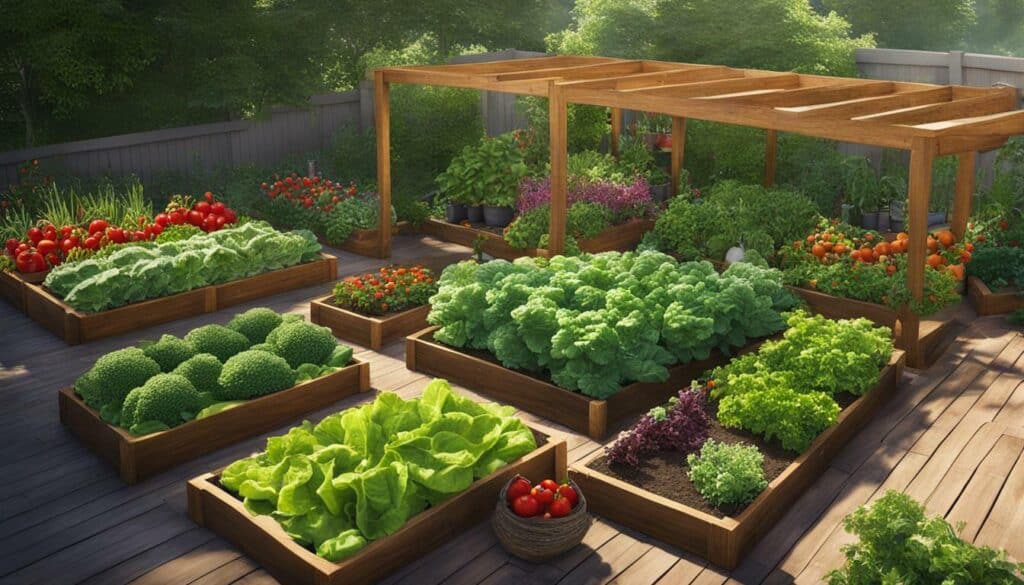 |  |
|
Garden beds are ideal for those with a bit more space and want to grow a variety of vegetables. Raised beds can be created with wood, stones, or other materials and filled with soil to create an optimal growing environment. They also provide good drainage and can easily be amended when needed. |
Containers are an excellent option for those with smaller spaces or who want the flexibility to move their garden around. Consider using pots or grow bags to grow vegetables like tomatoes, peppers, and herbs. Make sure they have drainage holes, and use a high-quality potting mix for optimal growth. |
When deciding the size of your garden, keep in mind what you and your family will actually eat. Starting with a 10′ x 10′ garden is a good size for a beginner, but a 4′ x 4′ raised bed or containers can be just as rewarding. It’s important to choose a spot with plenty of sun and good drainage. Soil quality is also crucial, so consider doing a soil test to determine if any amendments are needed.
When selecting vegetables to grow, choose ones that you and your family enjoy eating and that grow well in your area. Easy vegetables for beginners include lettuce, green beans, radishes, and tomatoes. Incorporating flowers into your garden can also attract beneficial insects and pollinators.
It’s important to pay attention to watering needs and consider installing soaker hoses for efficient watering. Additionally, watch for potential pests and diseases in your garden and address them accordingly. Don’t forget to embrace the joy and discovery of your garden and enjoy the fruits of your labor.
Choosing the Right Vegetables for Your Garden
Now comes the fun part – choosing the vegetables you want to grow in your very own garden! When selecting vegetables, it is important to consider your personal preferences and your family’s favorite vegetables. After all, the beauty of having your own vegetable garden is being able to grow the vegetables that you love to eat.
For beginners, it is recommended to start with the easiest vegetables to grow, such as lettuce, green beans, radishes, tomatoes, zucchini, peppers, beets, carrots, chard, spinach, kale, and peas. These vegetables are low-maintenance and generally have high success rates. It is also important to choose vegetables that are suitable for your climate and growing conditions. Consider the amount of sunlight and water your garden will receive, as well as the soil quality.
Starting with a small garden size, such as a 10′ x 10′ plot or a 4′ x 4′ raised bed, can help avoid overwhelming yourself with too much work. This will also give you the opportunity to try growing different vegetables in manageable quantities.
Proper location selection is also crucial for vegetable gardening. The chosen spot should receive at least 6 to 8 hours of direct sunlight per day and have well-drained soil. This ensures that the vegetables receive the necessary amount of sunlight and water for healthy growth.
Conducting a soil test can help determine the specific nutrient needs of your garden. This will allow you to add any necessary nutrients to the soil to improve its fertility. Adding organic matter to the soil can also improve soil quality and fertility.
To prevent pests and diseases, it is recommended to practice proper plant placement, choose resistant plant varieties, maintain plant health, keep the garden clean, and encourage beneficial insects. This will help promote a healthy and thriving garden.
Don’t be afraid to try unique varieties of vegetables that are not commonly found in grocery stores. This can be a fun way to experiment with different flavors and give your garden a unique touch.
Remember that vegetable gardening is a fun and rewarding experience. Enjoy the process of gardening and appreciate the beauty and bounty of your vegetable garden!
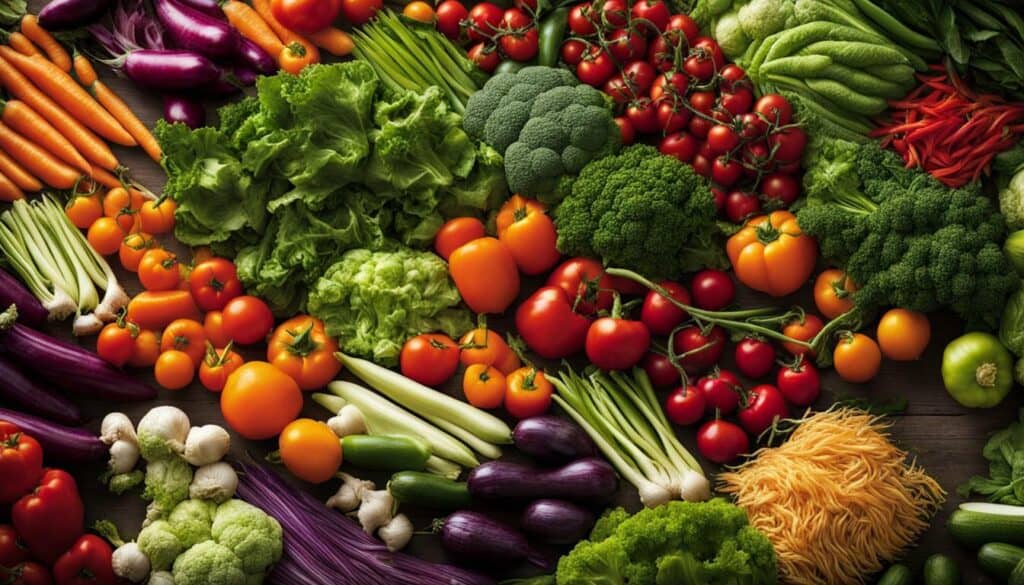
Sourcing Quality Seeds and Plants
To set yourself up for success, it’s crucial to source your seeds and plants from trusted nurseries. When purchasing seeds, make sure to choose varieties that are well suited to your local climate and soil conditions. This will help ensure that your plants grow strong and healthy, which will give you the best chance of success.
Before purchasing your seeds and plants, do some research to find reliable nurseries in your area. You can also check with your state’s Cooperative Extension Service for recommendations. These organizations often have lists of nurseries that specialize in vegetable gardening and can help you find the right plants for your needs.
When shopping for plants, look for those that are healthy and disease-free. Avoid plants with yellowing leaves, wilted stems, or signs of insect damage. You should also check the roots to make sure they are well-developed and not overcrowded in the pot.
Once you have your seeds and plants, it’s important to plant them at the right time and in the right location. Consult the instructions on the seed packet or plant label to determine the ideal planting time and spacing for each vegetable. You should also be aware of the specific needs of each variety and plant them accordingly. For example, some vegetables prefer full sun while others require partial shade.
By sourcing quality seeds and plants and giving them the proper care, you can set yourself up for a successful vegetable garden. Remember to start small, focus on the vegetables you and your family enjoy eating, and enjoy the many benefits that come with growing your own food.
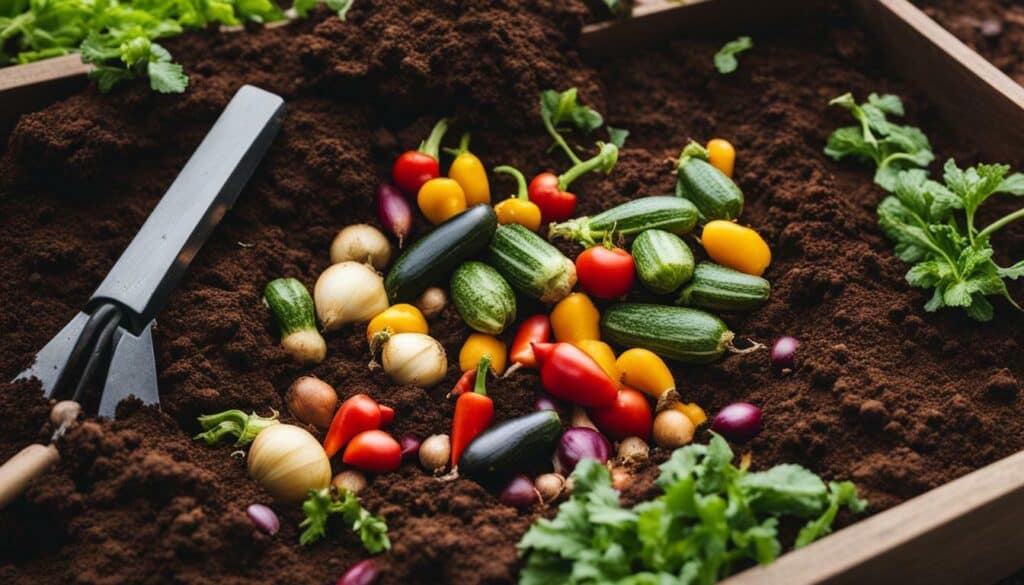
Finding the Right Balance: Seeds vs. Seedlings
When planning your vegetable garden, it’s important to consider whether to start from seeds or purchase seedlings. Seeds have the advantage of being less expensive, offering a greater variety of plant options, and allowing for earlier planting in some cases. Seedlings, on the other hand, provide more immediate results and may be necessary for vegetables with longer growing seasons.
When deciding which option to choose, consider the factors that will impact your ability to care for the plants throughout the growing season. Seeds require more attention and care in the initial stages of growth but can be more cost-effective in the long run. Seedlings, while more expensive initially, may be more successful for individuals who have limited time or space, or are new to vegetable gardening.
It’s important to note that different vegetables have specific planting requirements. Some plants do better with direct seeding, while others prefer being started indoors as seedlings. Consider researching and planning accordingly.
When it comes to quantity, it’s recommended to sow a combination of seeds and seedlings. This ensures a well-rounded harvest and increases the chances of success. It’s also a good idea to monitor the garden regularly to ensure everything is growing as planned.
Container gardening is a viable option for those with limited space or poor soil quality. It offers more control over the growing conditions and can be a great option for starting small.
Remember to choose vegetables that you and your family enjoy eating. Consider factors such as availability in your area and the quality of seeds. Effective pest and disease management can be achieved by proper plant placement, choosing resistant varieties, and maintaining plant health.
Don’t forget to include flowers in your garden as they can enhance pollination and attract beneficial insects. Ultimately, the goal is to enjoy the gardening process and the bountiful rewards it brings.
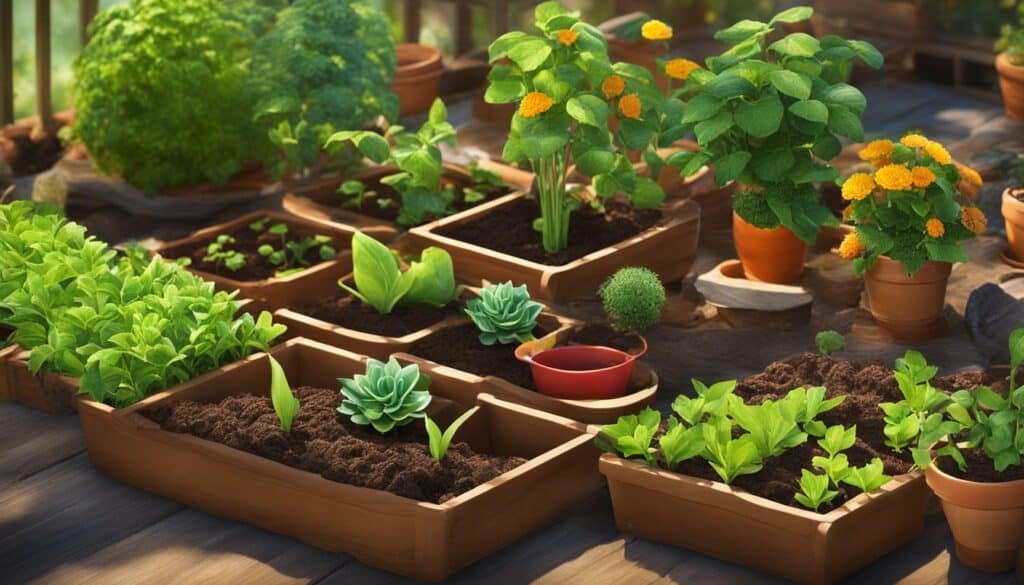
Nurturing Your Garden: Pest and Disease Management
Keeping a watchful eye on your garden and being proactive in identifying and addressing potential pest and disease issues is key to maintaining a thriving vegetable garden. After all, prevention is better than cure.
One of the most effective ways to prevent pests and diseases is to choose the right location for your garden. Ensure that your garden plot receives at least 6 to 8 hours of direct sunlight and has well-drained soil. A healthy garden with well-nourished soil is less susceptible to disease and pests.
Size matters, too. Start small with a manageable garden plot to avoid overwhelming yourself with maintenance and reduce the chances of pest and disease outbreaks.
It’s also important to grow vegetables that you and your family enjoy eating. Consider the availability of veggies at your local grocery store, and be realistic about how much your family will consume. Planting in the proper location and selecting resistant plant varieties can help prevent pests and diseases.
Regular watering and fertilizing can help keep your plants healthy and prevent stress, which makes them more susceptible to pests and disease. Keep your garden clean and free of debris to reduce the chances of pests and disease. Encouraging beneficial insects like ladybugs, lacewings, and praying mantises can also help control pest populations.
It’s also recommended to rotate your plants each year. When you plant the same vegetables in the same location year after year, pests and diseases build up in the soil. By rotating your crops, you can disrupt the life cycle of pests and disease-causing organisms.
If pests or diseases do appear, use lower-impact methods to treat them. Insecticidal soap, horticultural oils, and neem oil are effective against many pests and diseases and are less harmful to beneficial insects.
By following these tips and staying attentive to the health of your garden, you will be able to enjoy a successful gardening experience. Happy gardening!
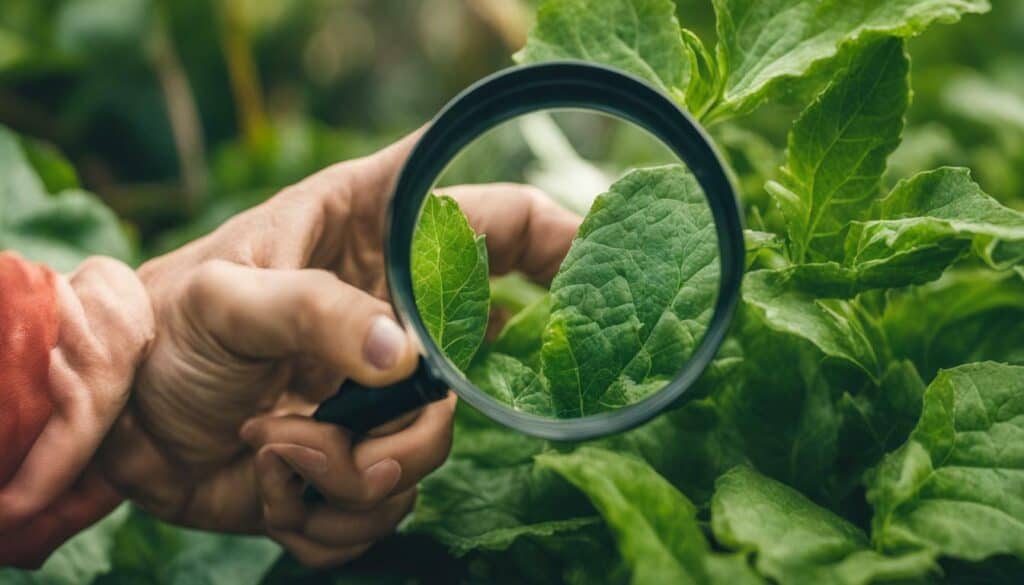
Conclusion
Congratulations! You’ve now learned the basics of starting your own vegetable garden. Now it’s time to get your hands dirty, embrace the joy of growing your own food, and reap the delicious rewards of your efforts.
Remember to choose the right location for your garden and start small, especially if you’re a beginner. Be sure to select vegetables that you and your family enjoy eating and consider the availability of certain vegetables in your area. Proper planning and planting at the right time are important factors in the success of your garden, so take the time to research and plan accordingly.
During the growing season, make sure to take care of your plants and use high-quality seeds to ensure healthy growth. Implementing pest prevention measures is also crucial to a thriving vegetable garden.
Starting a vegetable garden can be a rewarding and enjoyable hobby, and it all starts with your desire to grow and harvest your own food. Follow these guidelines and you’ll be on your way to creating a productive and satisfying vegetable garden that provides delicious homegrown food.
So what are you waiting for? Start your own vegetable garden today and become a proud gardener, with a green thumb that will grow stronger with every season.
FAQ
Q: What is the best spot to choose for a vegetable garden?
A: The best spot for a vegetable garden is one that gets at least 6 hours of direct sunlight per day.
Q: How should I water my garden efficiently?
A: Using soaker hoses is an efficient method of watering your garden.
Q: Why is soil testing important for a vegetable garden?
A: Soil testing helps determine the pH and nutrient levels of your soil, ensuring optimal conditions for vegetable growth.
Q: Should I start with a small garden bed or try container gardening?
A: Starting small with a garden bed no larger than 100 square feet or trying container gardening are great options for beginners.
Q: What vegetables should I grow in my garden?
A: Grow vegetables that you love to eat and consider unique varieties that may not be available in grocery stores.
Q: Where should I purchase seeds and plants for my garden?
A: Purchase seeds and plants from reliable nurseries to ensure good quality and germination rates.
Q: Should I use seeds or seedlings in my garden?
A: Use a combination of seeds and seedlings, as some crops require a longer growing season and may not have enough time to mature from seeds alone.
Q: How can I manage pests and diseases in my vegetable garden?
A: Keep an eye out for pests and diseases, and identify the problem before taking any action to address them.
Q: Should I plant flowers alongside vegetables in my garden?
A: Yes, planting flowers alongside vegetables can attract pollinators and beneficial bugs, promoting a healthy garden ecosystem.
Are Vegetable Gardens Included in Your Guide to Plants for Dummies?
Yes, vegetable gardens are indeed included in the Guide to Plants for Dummies. This comprehensive guide caters to plants for beginners, offering valuable information on various types of vegetation, including vegetables. It covers essential topics like soil preparation, seed selection, planting techniques, and basic care practices necessary for flourishing vegetable gardens.
Source Links
- https://www.dummies.com/article/home-auto-hobbies/garden-green-living/gardening/vegetables/vegetable-gardening-for-dummies-cheat-sheet-209497/
- https://www.almanac.com/vegetable-gardening-for-beginners
- https://www.countryliving.com/gardening/garden-ideas/g43413616/vegetable-garden-for-beginners/
- https://www.amazon.com/Vegetable-Gardening-Dummies-National-Association/dp/1119782074
- https://www.amazon.com/Vegetable-Gardening-Dummies-Charlie-Nardozzi/dp/0470498706
- https://www.dummies.com/article/home-auto-hobbies/garden-green-living/gardening/vegetables/where-to-put-your-vegetable-garden-193674/
- https://www.almanac.com/where-put-vegetable-garden
- https://getbusygardening.com/watering-vegetable-garden/
- https://extension.umn.edu/how/watering-vegetable-garden
- https://extension.unr.edu/publication.aspx?PubID=3526
- https://www.dummies.com/article/home-auto-hobbies/garden-green-living/gardening/vegetables/how-to-test-your-soil-193900/
- https://www.finegardening.com/project-guides/fruits-and-vegetables/how-to-start-a-vegetable-garden-testing-your-soil
- https://journeywithjill.net/gardening/2018/10/23/garden-soil-testing-a-beginners-guide/
- https://www.almanac.com/content/container-gardening-vegetables
- https://shiftingroots.com/10-easy-vegetables/
- https://www.bhg.com/gardening/vegetable/vegetables/planning-your-first-vegetable-garden/
- https://growagoodlife.com/vegetable-garden-seed-list/
- https://www.thespruce.com/vegetable-garden-seeds-or-seedlings-1403412
- https://www.gardeners.com/how-to/vegetable-gardening/5069.html
- https://content.ces.ncsu.edu/home-vegetable-gardening-a-quick-reference-guide
- https://www.gardengatemagazine.com/review/vegetable-garden-ideas/
- https://www.thehappychickencoop.com/vegetable-gardening-for-beginners/

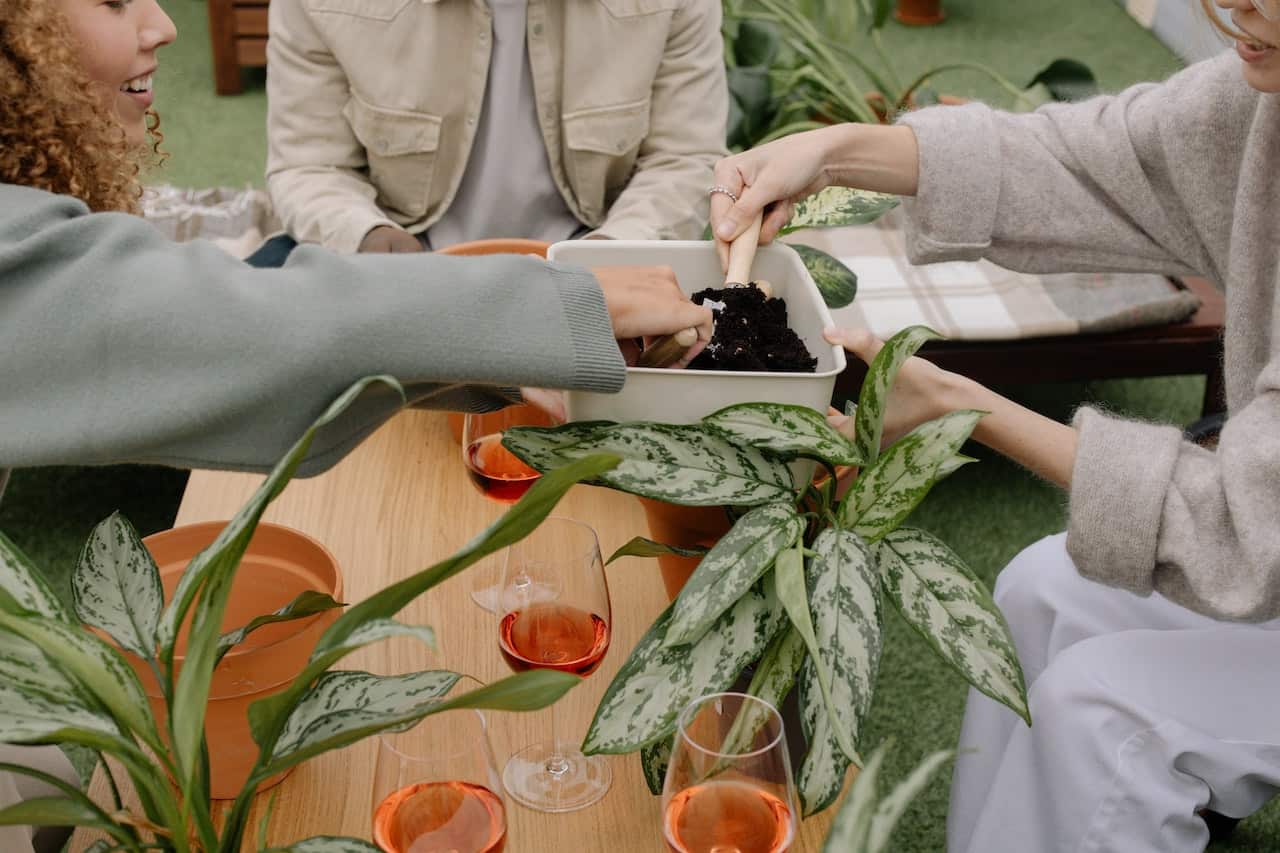



Leave a Reply